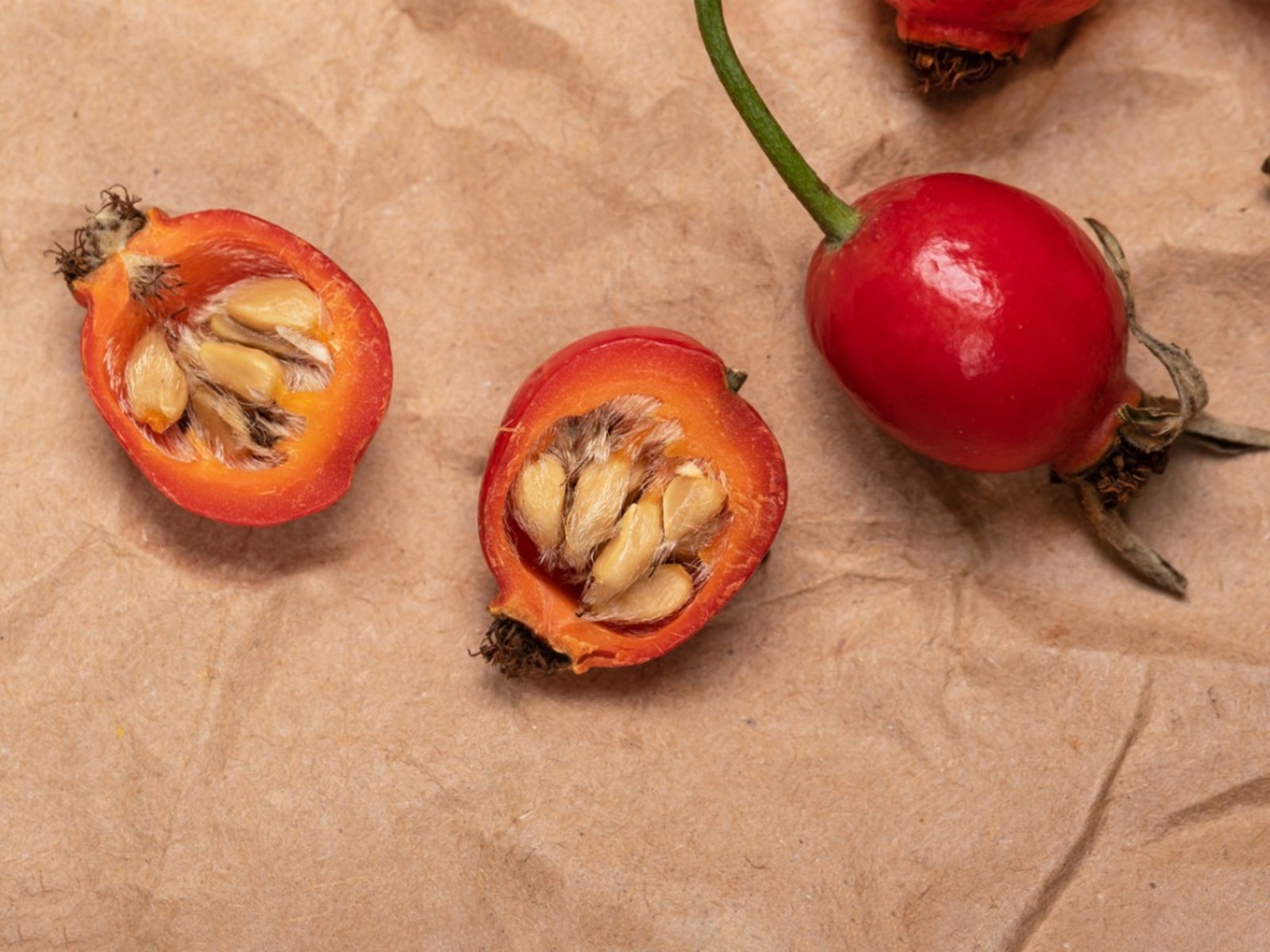Rose Bush Seeds - How To Grow Roses From Seeds


One way to grow roses is from the seeds they produce. Propagating roses from seed takes a little time but is easy to do. Let's take a look at what it takes to start growing roses from seed.
Starting Rose Seeds
Before growing roses from seed, the rose seeds need to go through a period of cold moist storage called “stratification” before they will sprout. Plant the rose bush seeds approximately ¼ inch (6 mm.) deep in a seed planting mix in seedling trays or your own planting trays. The trays need not be more than 3 to 4 inches (8-10 cm.) deep for this use.
When planting rose seeds from various rose bush hips, I use a separate tray for each different group of seeds and label the trays with that rose bush's name and planting date. The planting mix should be very moist but not soaking wet. Seal each tray or container in a plastic bag and place them in the refrigerator for 10 to 12 weeks.
Planting Roses from Seeds
The next step in how to grow roses from seed is to sprout the rose seeds. After having gone through their “stratification” time, take the containers out of the refrigerator and into a warm environment of around 70 degrees F. (21 C.). I do my best to time this for early spring when the seedlings would normally be coming out of their cold cycle (stratification) outside and starting to sprout.
Once in the proper warm environment, the rose bush seeds should start to sprout. The rose bush seeds will usually continue to sprout over the course of two to three weeks, but probably only 20 to 30 percent of the rose seeds planted will actually sprout. Once the rose seeds sprout, carefully transplant the rose seedlings into other pots. It is extremely important not to touch the roots during this process! A spoon may be used for this seedling transfer phase to help keep from touching the roots.
Feed the seedlings with half-strength fertilizer and be sure they have plenty of light once they start to grow. The use of a grow light system works very well for this phase of the rose propagation process. The use of a fungicide on the growing rose seeds will help keep fungal diseases from attacking the rose seedlings at this vulnerable time.
Do not overwater the rose seedlings; overwatering is a major killer of seedlings. Provide a lot of light as well as good air circulation to the rose seedlings to avoid disease and pests. If disease does set in on some of them, it is probably best to eliminate them and keep only the hardiest of the rose seedlings.
Gardening tips, videos, info and more delivered right to your inbox!
Sign up for the Gardening Know How newsletter today and receive a free copy of our e-book "How to Grow Delicious Tomatoes".
The time it takes for the new roses to actually flower can vary greatly so be patient with your new rose babies. Growing roses from seed can take some time, but you will be rewarded for your efforts.

Stan V. Griep contributed to Gardening Know How for many years, and has been a Colorado Native Rosarian for over four decades. He is an American Rose Society Certified Consulting Master Rosarian in the Rocky Mountain District, and a member of the Denver Rose Society, the Loveland Rose Society, and the American Rose Society. He is Gardening Know How's in-house expert on all things roses.
-
 Looking For Plants To Give You The Soft And Fuzzies? Try These 5 Fuzzy Leaf Plant Options
Looking For Plants To Give You The Soft And Fuzzies? Try These 5 Fuzzy Leaf Plant OptionsLovers of texture, drama, silver foliage and tactile plants will adore these special sensory garden additions. These fuzzy leaf plant options will leave you all aglow
By Susan Albert
-
 Get Ready For A Summer Of Hummers! Grow These Full Sun Hummingbird Plants and Flowers
Get Ready For A Summer Of Hummers! Grow These Full Sun Hummingbird Plants and FlowersIf you’re lucky enough to enjoy a sunny backyard, make sure you are maxing out on your pollinator opportunities and grow these full sun hummingbird plants and flowers
By Tonya Barnett